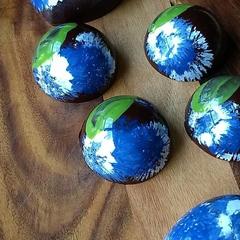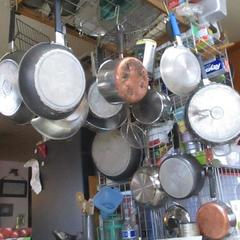-
Welcome to the eG Forums, a service of the eGullet Society for Culinary Arts & Letters. The Society is a 501(c)3 not-for-profit organization dedicated to the advancement of the culinary arts. These advertising-free forums are provided free of charge through donations from Society members. Anyone may read the forums, but to post you must create a free account.
Water Activity/Shelf LIfe
-
Similar Content
-
- 14 replies
- 2,010 views
-
- 28 replies
- 6,338 views
-
Web based Ganache and Recipe calculator (including aw value and shelf life estimation)
By ChristianD,
- 19 replies
- 6,467 views
-
- 5 replies
- 6,101 views
-
- 32 replies
- 12,145 views
-
-
Recently Browsing 0 members
- No registered users viewing this page.






Recommended Posts